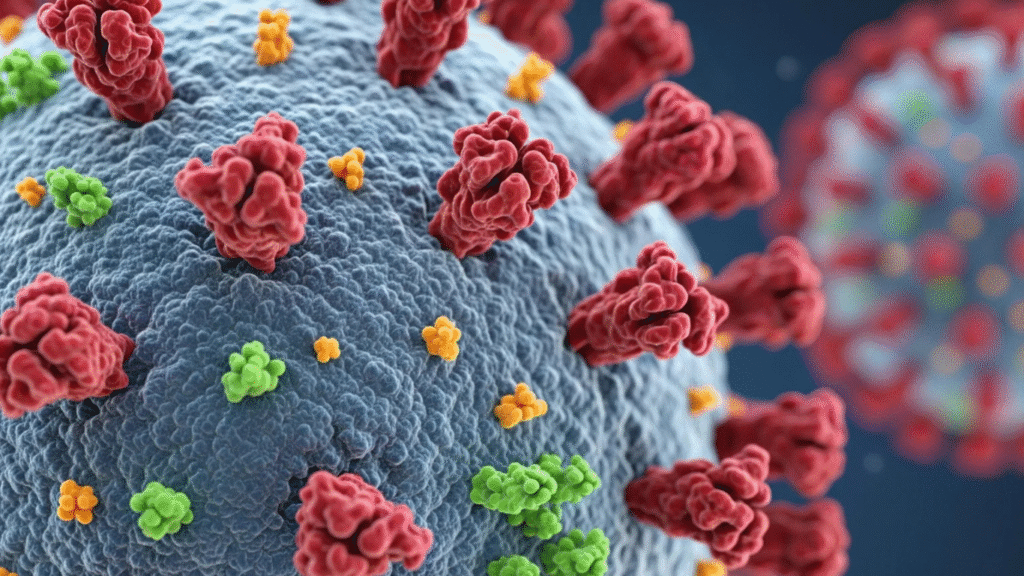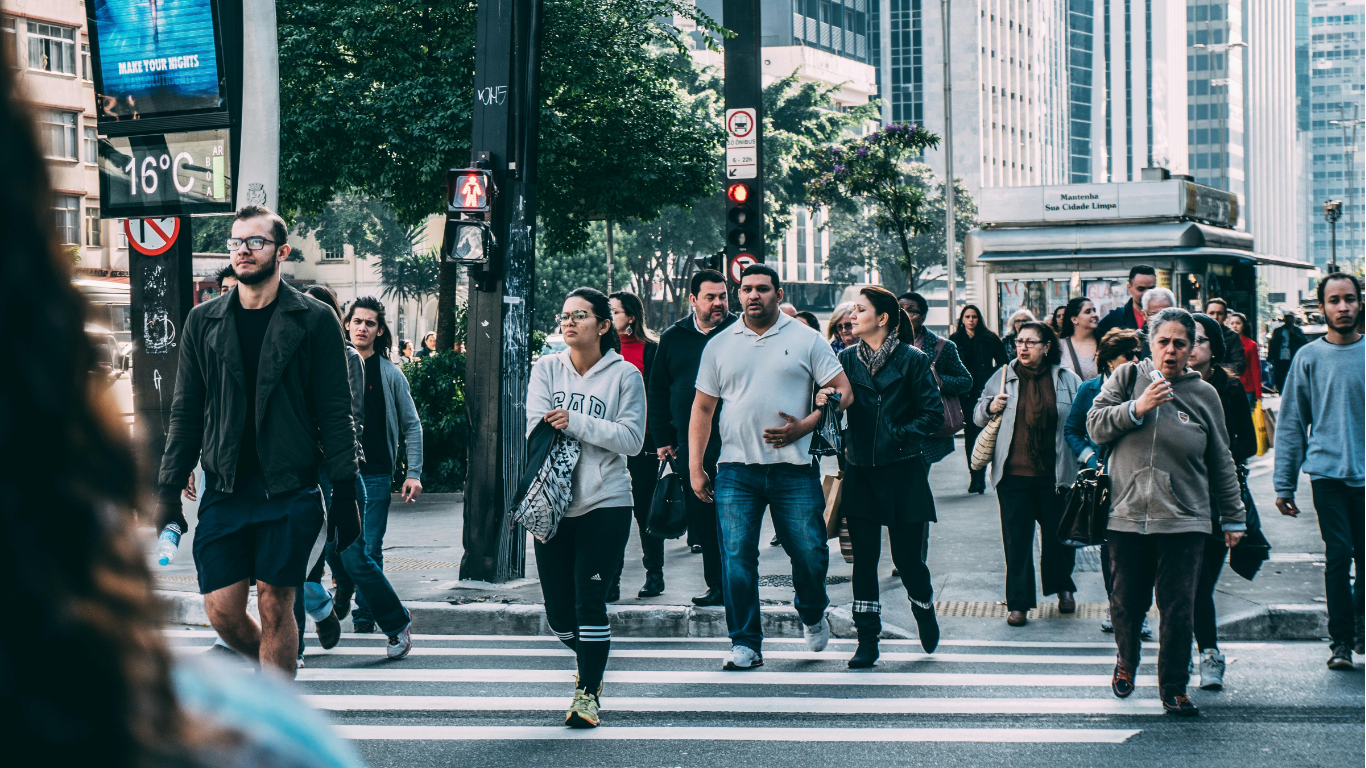
After a relatively calm few months, India is once again experiencing a rise in COVID-19 cases this May. Although current case levels are far lower than during previous surges, new subvariants such as NB.1.8.1 and LF.7 are sparking concern among health experts and government bodies.
In this blog, we’ll cover the latest developments, including symptoms linked to these emerging variants, booster dose eligibility, updated health guidelines, and a city-wise overview of active cases.
COVID-19 Cases in India: What Is The Status Right Now
As of May 30, 2025, India has recorded a total of over 4.5 crore (45.04 million) COVID-19 cases since the pandemic began. Recent data shows a gradual increase in daily cases, especially in urban hubs and states with higher population density.
Active Cases of COVID-19 by Major Indian Cities:
- Delhi: Over 104 active cases have been recorded. Most individuals are recovering at home with mild symptoms.
- Mumbai (Maharashtra): 84 new cases reported recently, contributing to 467 active cases across the state. Mumbai has seen an average of 9 cases per day this month.
- Kochi (Kerala): Kerala has registered 500+ daily new cases, pushing active case numbers to over 2,300 statewide.
- Patna (Bihar): The state has around 468 active cases, with Patna reporting 14 new infections.
- Ranchi (Jharkhand): Specific figures aren’t confirmed, but Jharkhand remains on alert amid rising regional cases.
- Surat (Gujarat): 4 new cases detected on May 29; all patients are stable and isolating at home.
While numbers remain relatively low, the increase is being monitored closely due to the potential spread of new subvariants.
New COVID-19 Variants in India: A Closer Look at NB.1.8.1 & LF.7
Recent genome sequencing by the INSACOG consortium has detected two Omicron-related subvariants actively circulating in India:
- NB.1.8.1
- LF.7
Both are being studied for their transmission rate and resistance to existing immunity from vaccines or prior infections.
COVID-19 NB.1.8.1 and LF.7 Symptoms
Most individuals infected with these variants are reporting mild symptoms similar to earlier Omicron waves. Common signs include:
- Mild fever
- Dry or persistent cough
- Nasal congestion or runny nose
- Body ache and fatigue
- Occasional headache
- Upset stomach or nausea (in some cases)
While symptoms aren’t drastically different from older strains, their duration and intensity may vary slightly from person to person.
COVID-19 Guidelines India May 2025: What You Need to Know
With cases climbing steadily, India’s Ministry of Health and Family Welfare has revised its public health advisories. There are no lockdowns in effect, but updated safety protocols are being encouraged:
Key Preventive Measures:
- Masks are recommended in indoor public spaces and on public transport.
- Testing (preferably RT-PCR) is advised for anyone with symptoms.
- Hospitals have been directed to stock up on oxygen supplies, antiviral medications, and ICU beds.
- Remote work is being encouraged in high-risk areas.
- Travel remains open, but authorities continue to monitor hotspots closely.
State governments retain the authority to implement region-specific restrictions if needed.
Booster Shot Eligibility in 2025: Who Should Get a Jab?
India’s booster campaign is in full swing, with targeted outreach toward high-risk populations. Eligibility criteria remain focused on protection for the most vulnerable groups.
Eligible for a Booster Dose:
- Adults 60 years and older
- People with chronic illnesses like diabetes, hypertension, or heart disease
- Frontline and healthcare workers
- Those with weakened immune systems
- Children with comorbidities (based on physician advice)
Booster doses can be booked via the CoWIN portal or Aarogya Setu app. They are free at government hospitals and available at a nominal fee at private facilities.
💡 Health Tip: If it’s been more than 6 months since your last COVID shot, consult your doctor about getting a booster.
Final Thoughts: Stay Aware, Not Alarmed
India’s current COVID-19 trend isn’t a cause for widespread panic—but it does call for continued awareness. The virus continues to evolve, and staying updated on vaccine recommendations and safety measures is key to avoiding another major wave.
Keep an eye on official health channels, monitor your symptoms, and don’t hesitate to test or isolate if needed. A collective, informed approach will help us manage the latest phase of the pandemic effectively.


